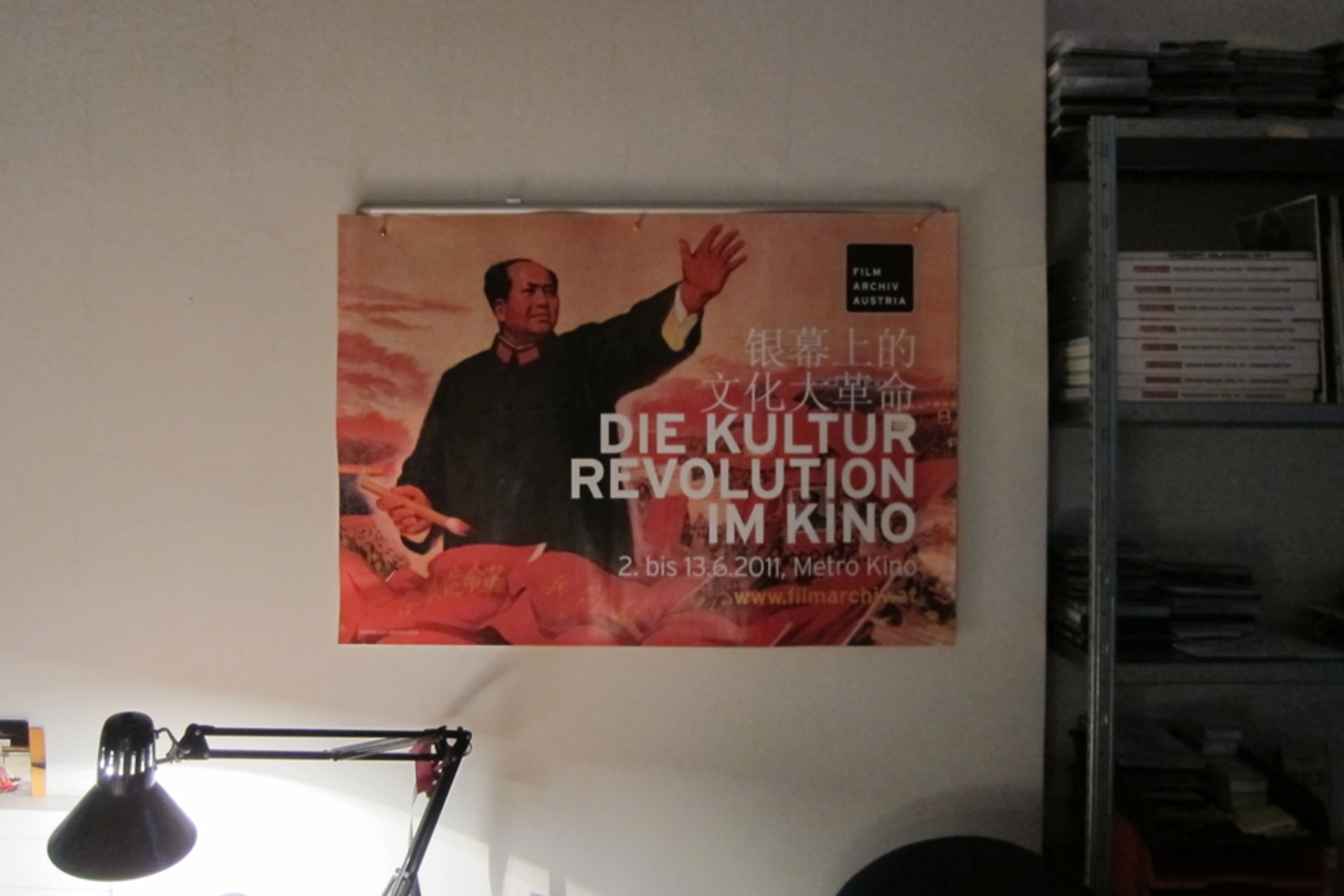
They Wanted to See Something Different: An interview with Katja Wiederspahn
The special program They Wanted to See Something Different is a highlight of this year’s Viennale Film Festival. In fact, as far as I’m concerned, it’s the highlight.
In the early 2000s, I spent a couple of years working at a video rental spot, which even back then should have been called a DVD renting spot given how quick the market was to jettison VHS. But since my boss was an incredible horror nerd, who also directed some of the cheapest, trashiest horror-sex-flicks himself, the room behind the curtain was not filled up with porn, like it was in all other video rental places, but with slasher movies. And of course most of them were on VHS, as it had been the genre’s preferred medium for years. After all, it was easy to copy (for decades nearly everybody had a VHS recorder), and besides its ease of use, there was always the danger of being liable for having an undesirable influence on the moral development of young people, which led to film indexing and thus a shitload of films were produced as direct video release without ever getting near the big screen.
And though the VHS loophole made the production and distribution of these films possible, it also creates one of the biggest problems when organizing a special program consisting solely of such movies at a film festival, which dedicates itself to screening real (9 or 35 millimeter) film. You see, there’s no film festival warehouse you can call up that has every film ever made on hand and ready for shipment—no, somebody has to go out and find these suckers. This is the reason why we sat down with Katja Wiederspahn, head of the Viennale program department, whose job it is to seek out these cinematic gems for big screen projection.
Katja, you are responsible for the acquisition of the actual film copies for the They Wanted to See Something Different program. How much time did you have to find all these movies in the right format?
In the middle of June, Hans [Hurch, the Viennale director] asked Jörg Buttgereit if he wanted to curate a program. Jörg Buttgereit responded enthusiastically and with lightning speed and less than two weeks later I had a list with his films of choice on my desk.
And henceforth, your work began.
Exactly. At first I asked the curator himself if he had any tips regarding the rights and the whereabouts of copies. Then the actual research starts. By now it’s something of a fact that IMDB is a very helpful source of information. This has been the case since about two or three years ago, especially when it comes to technical details. Via online research I also discovered, for example, that Matango, the Japanese mushroom horror flick, was screened in a new, remastered version in New York a few years ago. I found out that the screening was made possible with the help of the National Film Center Tokyo, which meant I was already hot on this one’s trail.
Sounds like a lucky strike. Most of the other film copies probably weren’t that easy to hunt down. Especially since it’s typical for the genre that a lot of copies are cut, right?
The declared goal of the Viennale is to show the movies exactly as they were filmed. This includes the format, as in whether it was filmed with HD cam or in 35 mm, the original cut and of course the audio version. For example, a digitally remastered Blu-Ray release of The Texas Chainsaw Massacre came out recently, which claims to be the most complete version ever. I had to contact the company who did the release, because they also own the cinema rights for Austria, and they couldn’t understand why we wanted to screen the 35 mm copy instead of the digitally remastered version.
Probably quite an odd request in our digital age.
Yes, it seems to be. But from our perspective it’s not odd at all. Another great example is Cannibal Holocaust. From the moment it was filmed there were several audio versions. We screen the English version, which is especially interesting in light of censorship. According to experts there is no uncut Italian copy.
But wouldn’t it be more fitting to play video in order to be true to the origins of the genre, which indisputably lie in VHS?
When it comes to the question of the perception of the horror genre, there are a number of different approaches. It’s true that 99% of the experts in this genre are almost entirely accustomed with video. Like when I asked the curator of the special program, Jörg Buttgareit, if he knew anything about the original version of Cannibal Holocaust he answered, “I’ve exclusively seen the film in the German version on VHS.” But there is also a longtime tradition of cinema as well. For example, the Werkstattkino Munich. They have played genre films since the beginning of time and it always has been their concern to fight censorship and show original versions. There are even a couple of films of their own that we are showing this year. And there is the interesting anecdote Bernd Brehmer told me, he said they recently played the uncut Blu-Ray version of The Texas Chainsaw Massacre I mentioned earlier. But after the screening he and his team came to the conclusion that they liked the original 35 mm copy better and will show this again instead of the Blu Ray.
So it isn’t always the case that VHS is best. Thanks for talking to us, Katja.
Published November 10, 2012.
